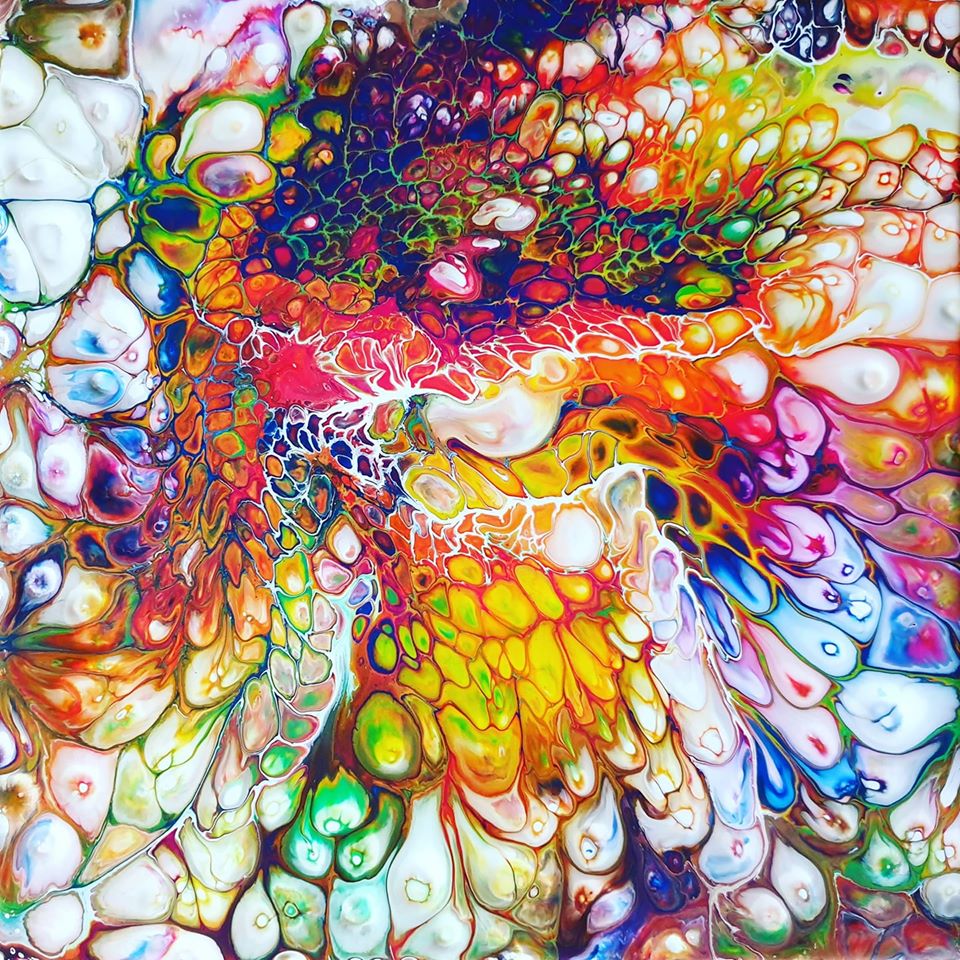The bottom line is that we really don’t know. But we do know that the Tate – and all other artworks – act as a kind of giant art therapist. They hold sacred objects in some sense, and we gaze at them in ignorance and wonder. And the reason they are a kind of therapeutic process is that the unknown shines through these artworks – these crazy images. And that’s the role of art. the role of artists, real artists – to give creative expression to the unknown,
What is unknown? Well, for most people there emotional reactions and emotional states are often unknown. And the interesting thing is that by looking at art it can often has a positive effect, it influences people’s psychological well-being.
And artists are possessed by it. Jackson Pollock, Mark Rothko, William James, Ellen Winner – they can’t even help it. The worst thing for people with artistic talent is to not be creative. They’re cursed with the necessity of psychological exploration and making sense of the human psyche (and making a living out of it which is another story).
And the richer the exploration, the better the work of art.
So people should buy art – simply from a psychological point of view. Find one that really speaks to you – and buy it because you invite that into your life. This is not about monetary value. Not about simple home decor (or at least gives a whole new depth to home decor). It’s about opening your eyes to the domain of the transcendent. Abstract expressionists, figurative art, whatever. And you need that in your life because you’re finite and limited and bounded right by your ignorance and your lack of knowing.
And venturing there cultivates positive emotions; it improves your psychological states, it’s a form of therapy!
That’s because unless you can make a connection to the transcendent – do you really have the strength to prevail? And these are the real benefits of visual arts education – it helps your state of mind. Aesthetic pleasure alleviates mental health problems, period.
You can see this in the magnificent cathedrals like the Sagrada Familia that gives such pleasure in Barcelona, It’s taken a hundred years, and they think maybe another 100 years to finish. Imagine the vision that it took to invest in something like that. That’s something beyond our imagining – the unknown. We look at quarterly reports, never mind 100 years!
Some art psychology says that beauty is one pathway towards God. Obviously this is a rewarding process. What better subject matter could you wish for? The intrinsic qualities of the aesthetic objects around us is saying: if you can’t find another pathway to God, then why don’t you use beauty? Most people don’t realise but they already do this with music. Appreciation of artworks in the form of music works because music is another pathway. It speaks meaning for people.
So when justifying artistic works – and cultivating support of visual art and art education – we can say – this is vital. Without beauty there’s no call to a higher meaning. Once you’ve established a relationship with beauty you can start to expand that relationship is beauty out into into the world. And that’s an invitation to the divine.
We live by beauty. We live by literature, we live by art, buy the sculpture of great artists. The psychology of the arts is not just of academic interest. Because it shows that we cannot live without art. Because life is too dismal and tragic.
Man does not live by bread alone.






